In light of recent events, I am republishing.]
By Catherine Austin Fitts
In the fall of 2001 I attended a private investment conference in London to give a paper, The Myth of the Rule of Law or How the Money Works: The Destruction of Hamilton Securities Group.
The presentation documented my experience with a Washington-Wall Street partnership that had:
- Engineered a fraudulent housing and debt bubble;
- Illegally shifted vast amounts of capital out of the U.S.;
- Used “privitization” as a form of piracy – a pretext to move government assets to private investors at below-market prices and then shift private liabilities back to government at no cost to the private liability holder.
Other presenters at the conference included distinguished reporters covering privatization in Eastern Europe and Russia. As the portraits of British ancestors stared down upon us, we listened to story after story of global privatization throughout the 1990s in the Americas, Europe, and Asia.
Slowly, as the pieces fit together, we shared a horrifying epiphany: the banks, corporations and investors acting in each global region were the exact same players. They were a relatively small group that reappeared again and again in Russia, Eastern Europe, and Asia accompanied by the same well-known accounting firms and law firms.
Clearly, there was a global financial coup d’etat underway.
The magnitude of what was happening was overwhelming. In the 1990’s, millions of people in Russia had woken up to find their bank accounts and pension funds simply gone – eradicated by a falling currency or stolen by mobsters who laundered money back into big New York Fed member banks for reinvestment to fuel the debt bubble.
Reports of politicians, government officials, academics, and intelligence agencies facilitating the racketeering and theft were compelling. One lawyer in Russia, living without electricity and growing food to prevent starvation, was quoted as saying, “We are being de-modernized.”
Several years earlier, I listened to three peasant women describe the War on Drugs in their respective countries: Colombia, Peru, and Bolivia. I asked them, “After they sweep you into camps, who gets your land and at what price?” My question opened a magic door. They poured out how the real economics worked on the War on Drugs, including the stealing of land and government contracts to build housing for the people who are displaced.
At one point, suspicious of my understanding of how this game worked, one of the women said, “You say you have never been to our countries, yet you understand exactly how the money works. How is this so?” I replied that I had served as Assistant Secretary of Housing at the US Department of Housing and Urban Development (HUD) in the United States where I oversaw billions of government investment in US communities. Apparently, it worked the same way in their countries as it worked in mine.
I later found out that the government contractor leading the War on Drugs strategy for U.S. aid to Peru, Colombia and Bolivia was the same contractor in charge of knowledge management for HUD enforcement. This Washington-Wall Street game was a global game. The peasant women of Latin America were up against the same financial pirates and business model as the people in South Central Los Angeles, West Philadelphia, Baltimore and the South Bronx.
Later, courageous reporting by several independent investigative reporters confirmed in detail that the privatization and economic warfare model I discussed in London had deep roots in Latin America.
We were experiencing a global “heist”: capital was being sucked out of country after country. The presentation I gave in London revealed a piece of the puzzle that was difficult for the audience to fathom. This was not simply happening in the emerging markets. It was happening in America, too.
I described a meeting that had occurred in April 1997, more than four years before that day in London. I had given a presentation to a distinguished group of U.S. pension fund leaders on the extraordinary opportunity to re-engineer the U.S. federal budget. I presented our estimate that the prior year’s federal investment in the Philadelphia, Pennsylvania area had a negative return on investment.
We presented that it was possible to finance places with private equity and re-engineer the government investment to a positive return and, as a result, generate significant capital gains. Hence, it was possible to use U.S. pension funds to significantly increase retirees’ retirement security by successfully investing in American communities, small business and farms — all in a manner that would reduce debt, improve skills, and create jobs.
The response from the pension fund investors to this analysis was quite positive until the President of the CalPERS pension fund — the largest in the country — said, “You don’t understand. It’s too late. They have given up on the country. They are moving all the money out in the fall [of 1997]. They are moving it to Asia.”
Sure enough, that fall, significant amounts of moneys started leaving the US, including illegally. Over $4 trillion went missing from the US government. No one seemed to notice. Misled into thinking we were in a boom economy by a fraudulent debt bubble engineered with force and intention from the highest levels of the financial system, Americans were engaging in an orgy of consumption that was liquidating the real financial equity we needed urgently to reposition ourselves for the times ahead.
The mood that afternoon in London was quite sober. The question hung in the air, unspoken: once the bubble was over, was the time coming when we, too, would be “de-modernized?”
In 2009 — more than seven years later — this is a question that many of us are asking ourselves.
Part II: Rethinking Diversification
Related Reading:
Dillon, Read & Co. Inc. and the Aristocracy of Stock Profits



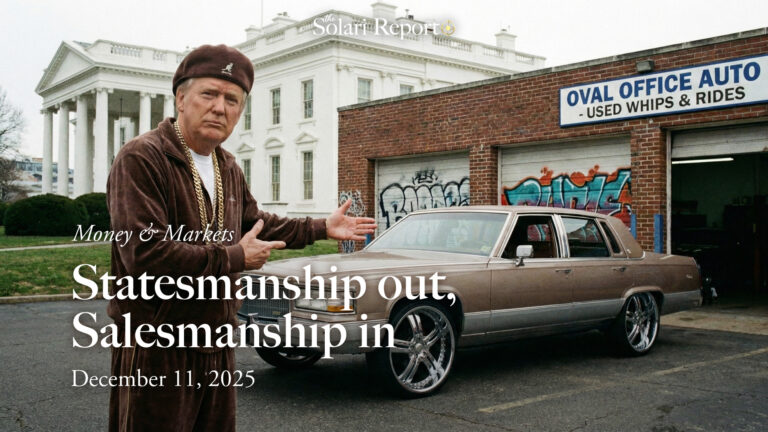
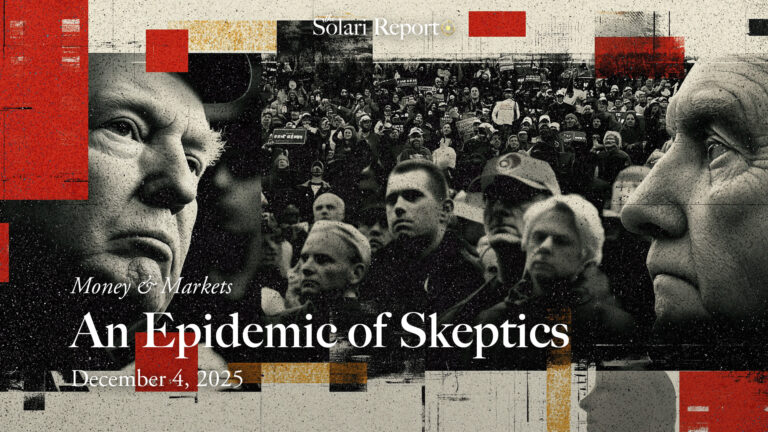

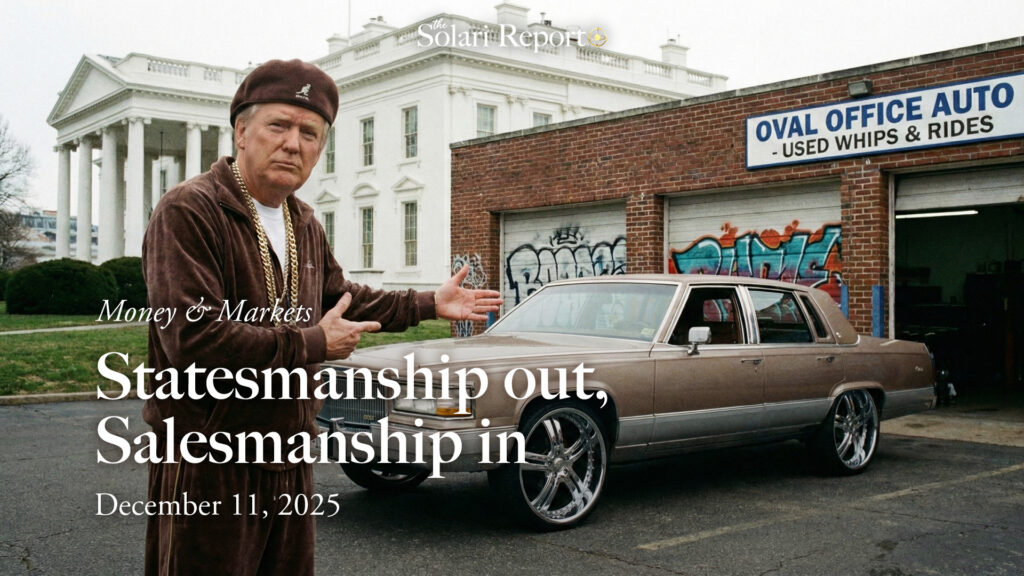
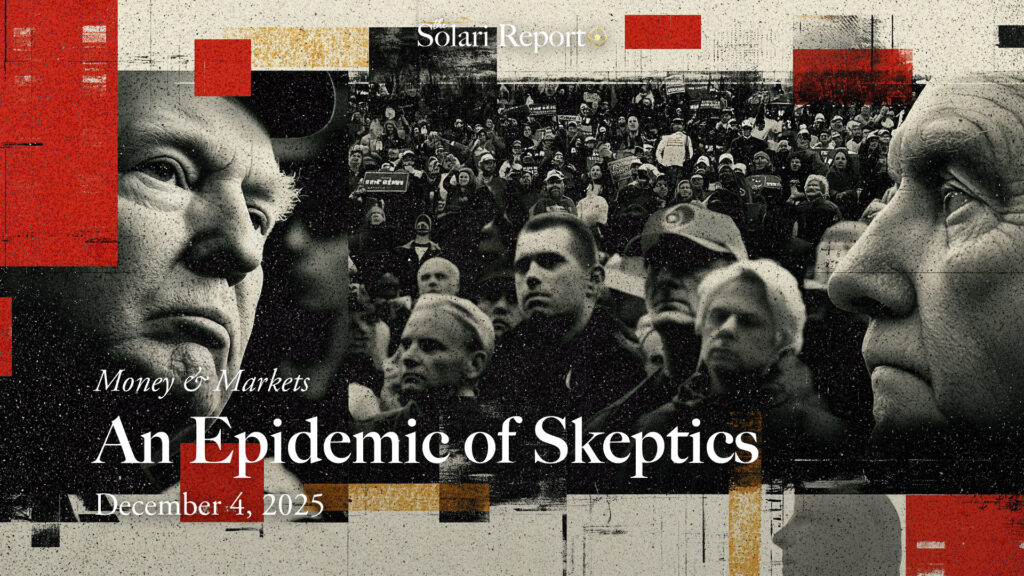

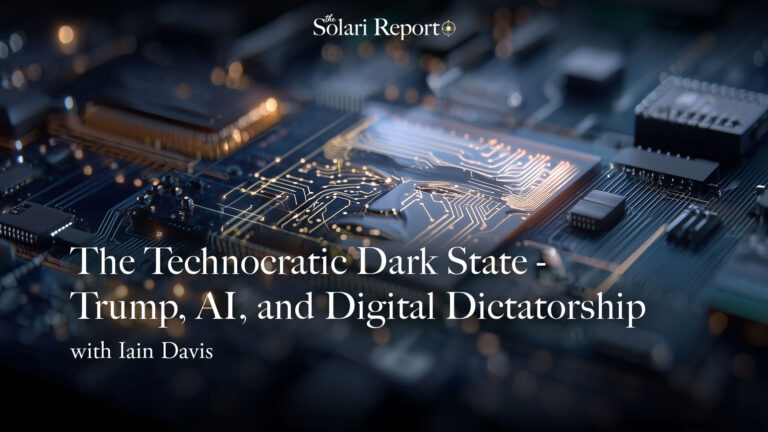

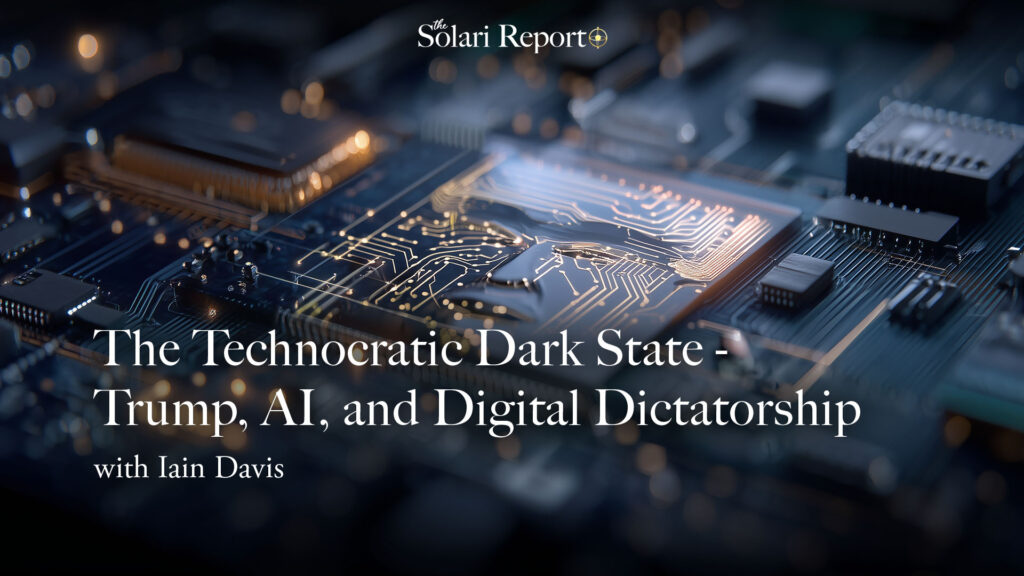

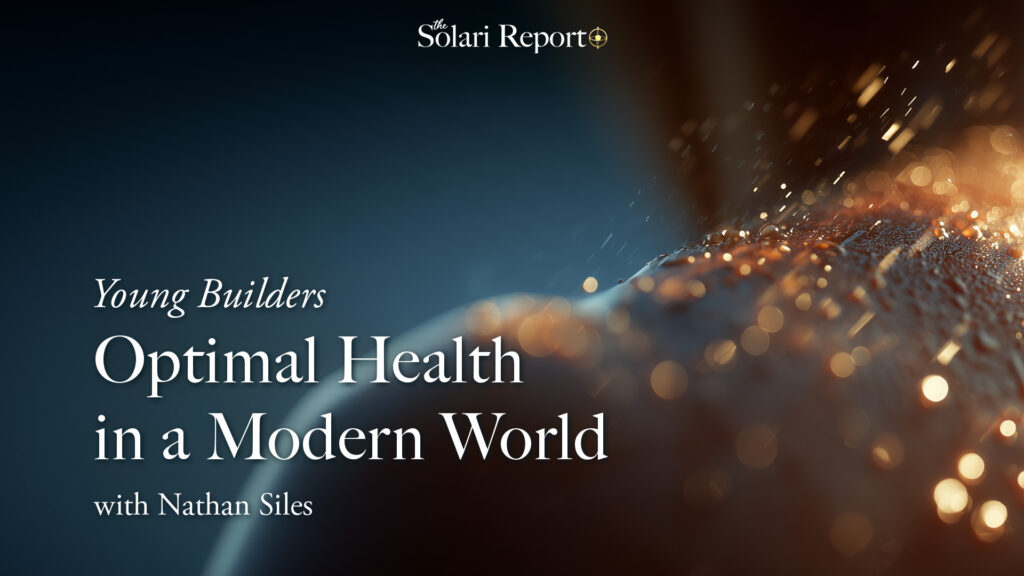
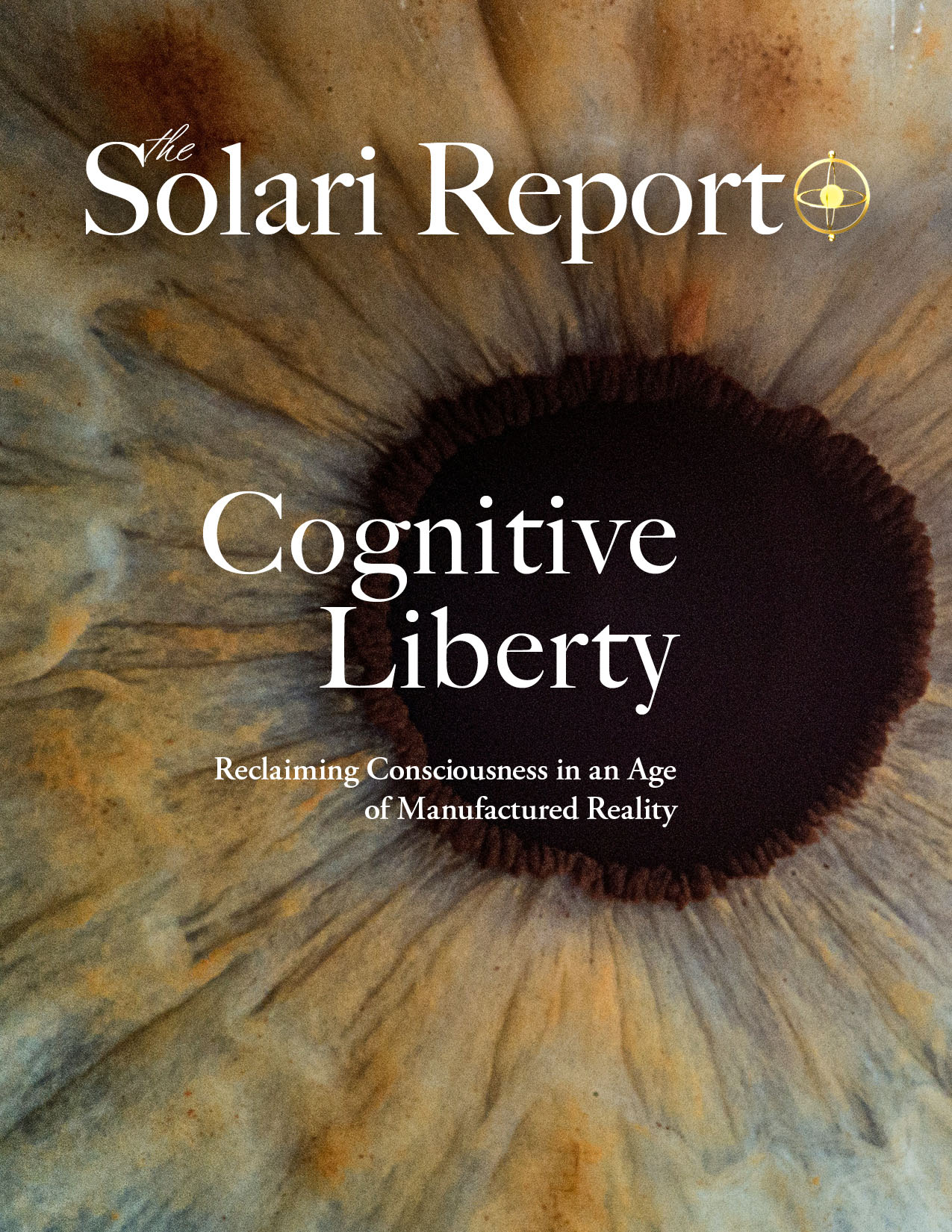
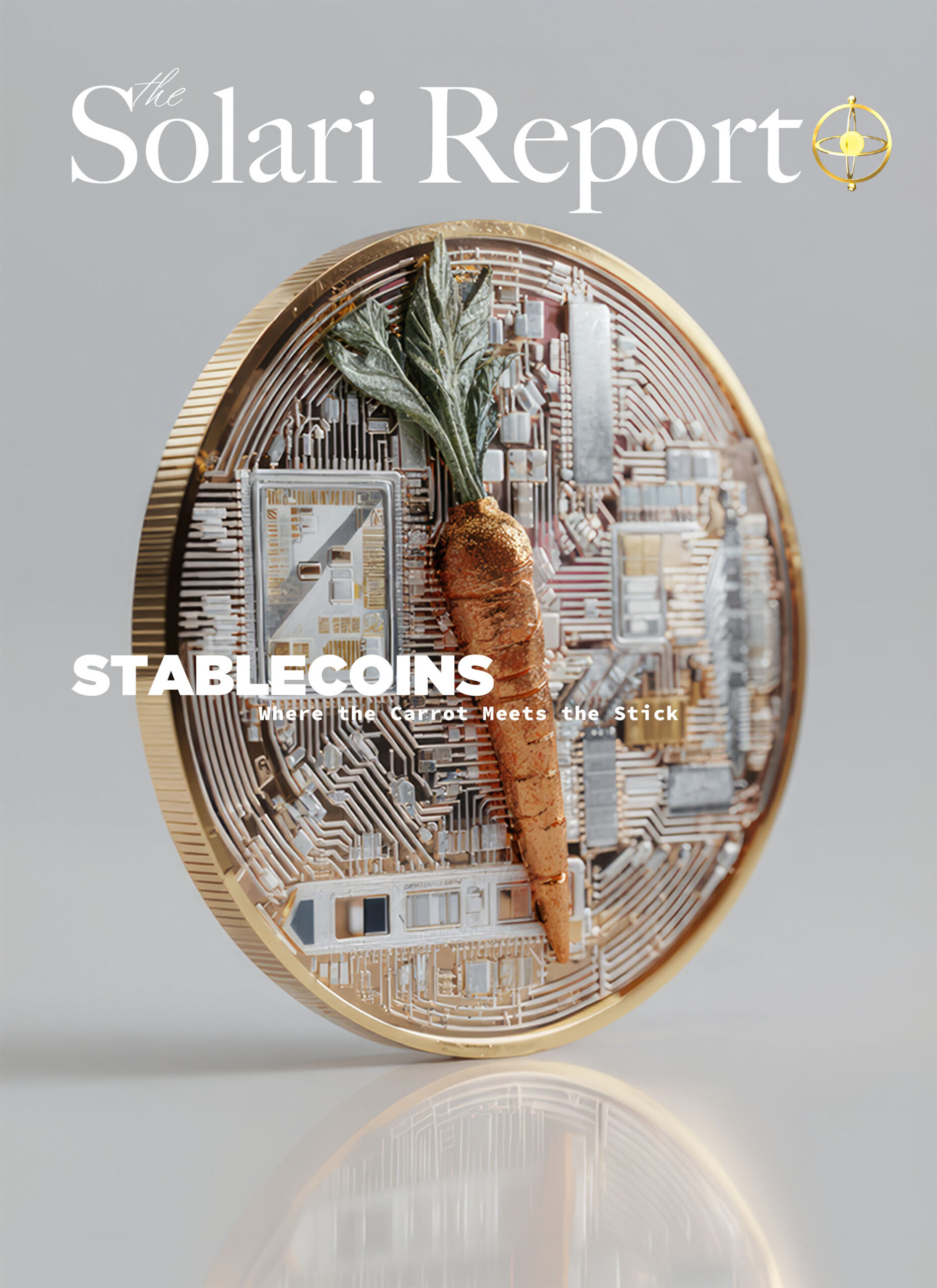















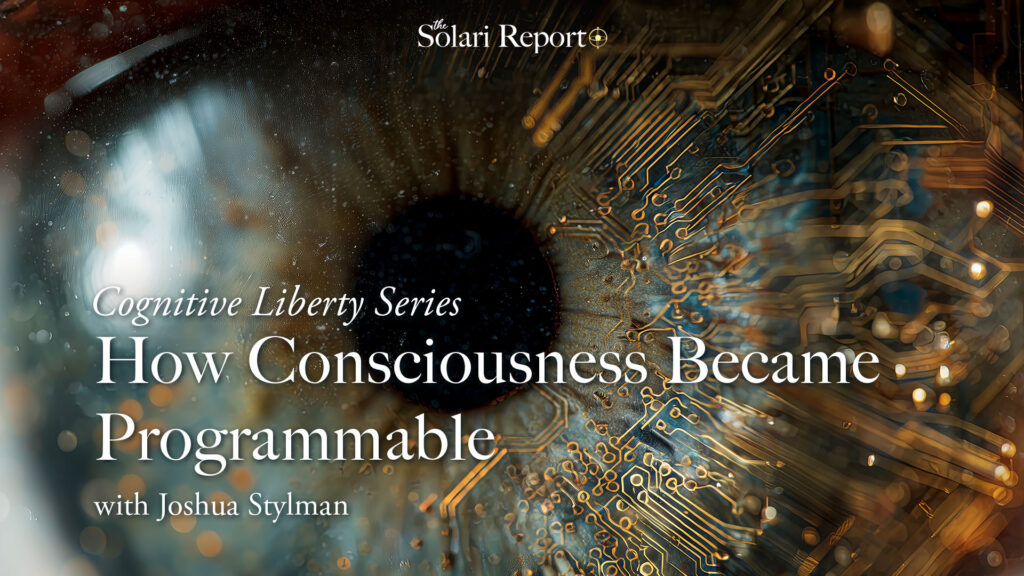
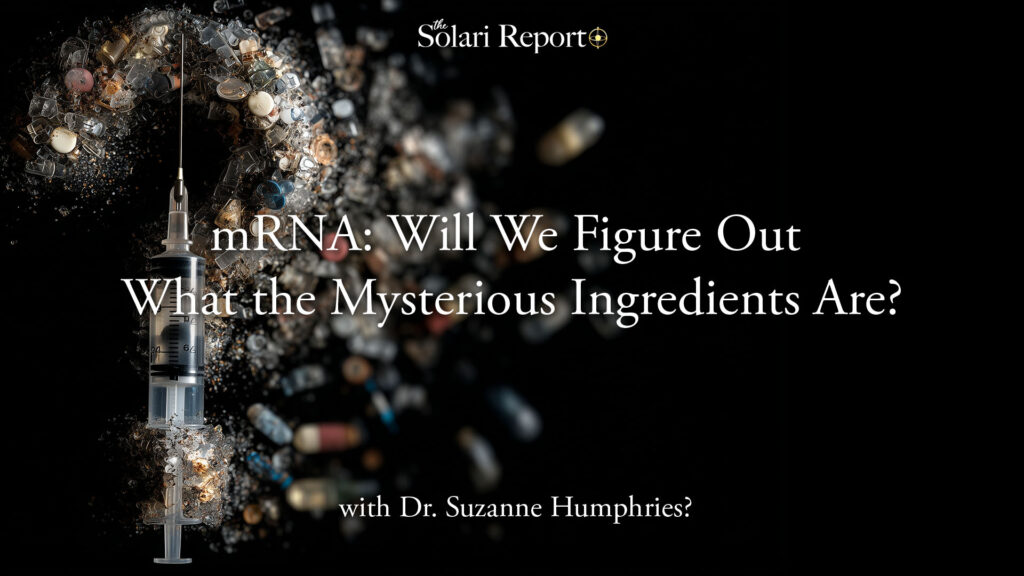


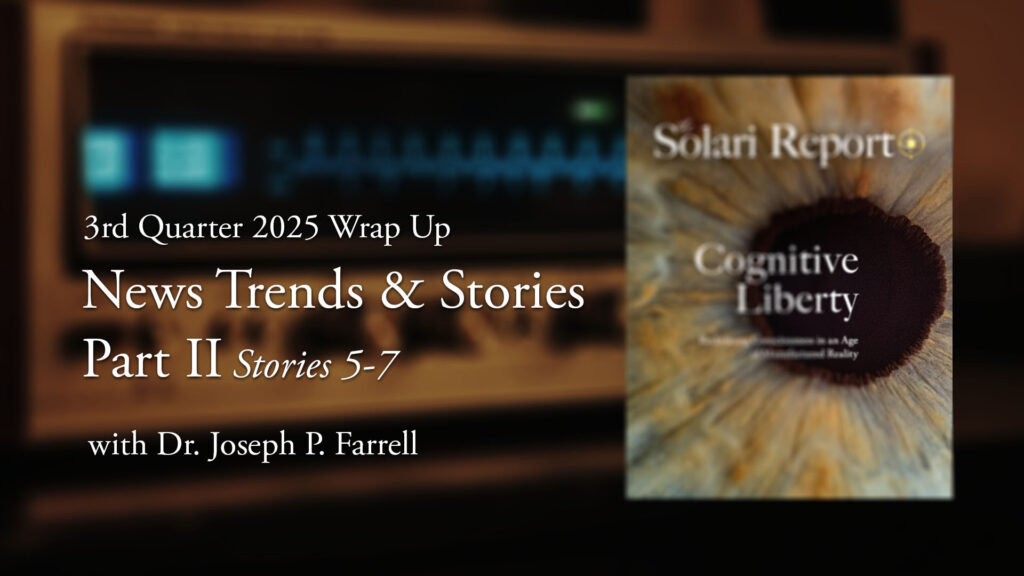
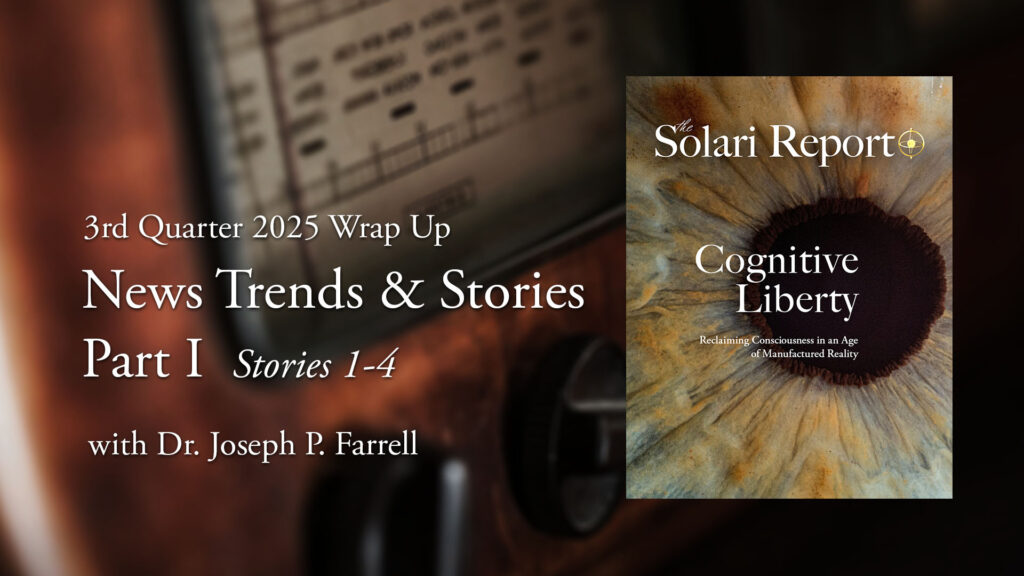
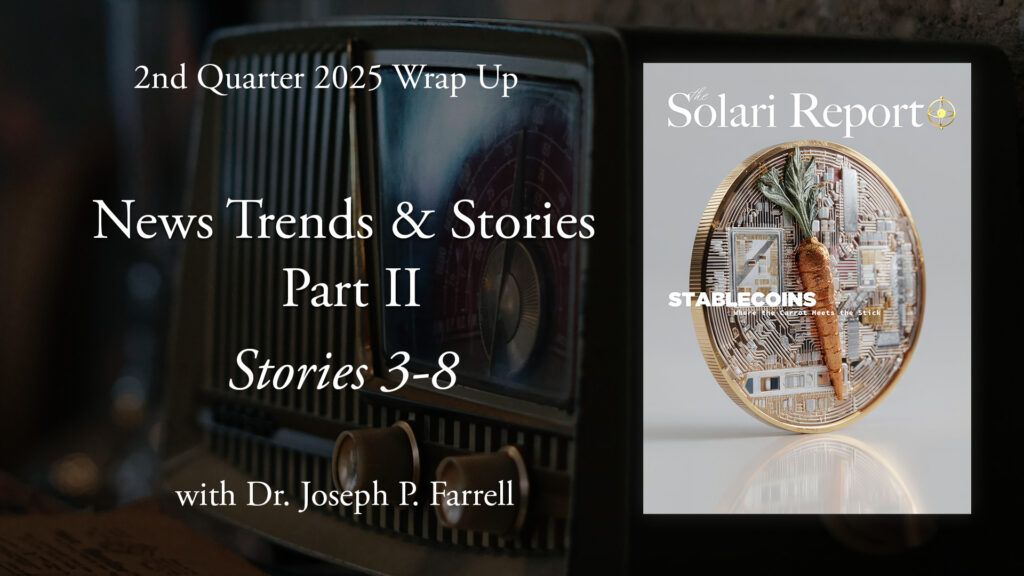
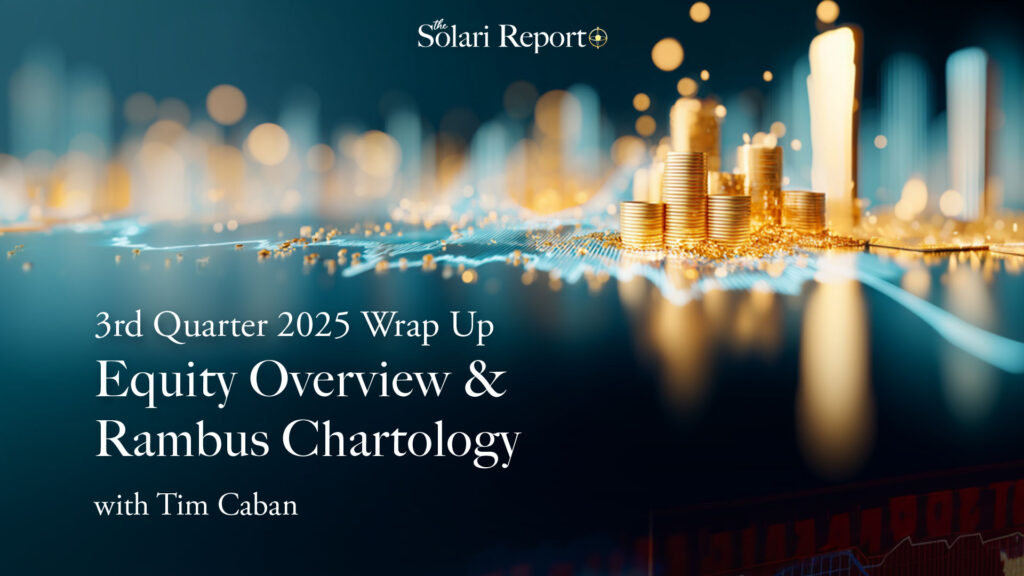
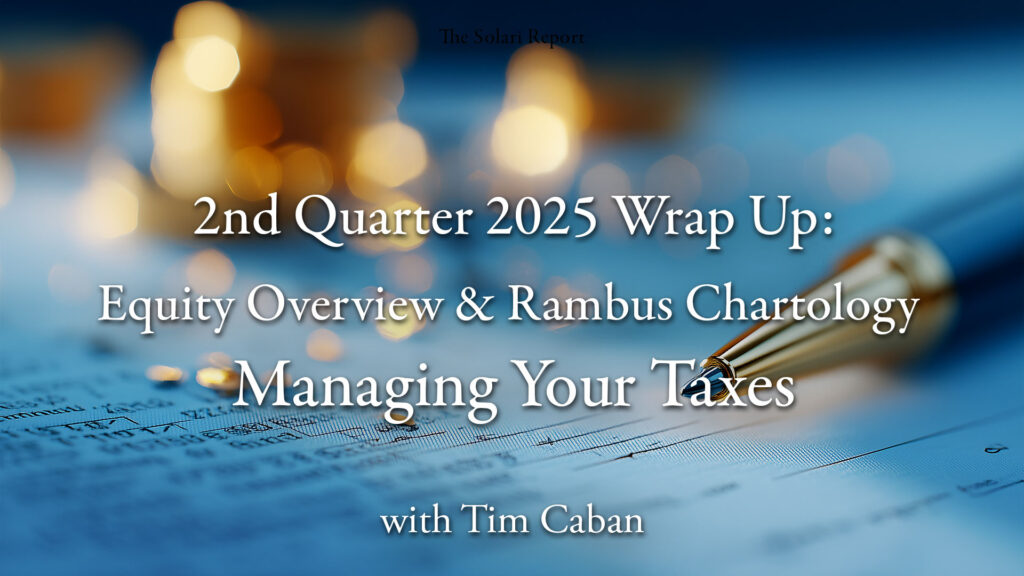
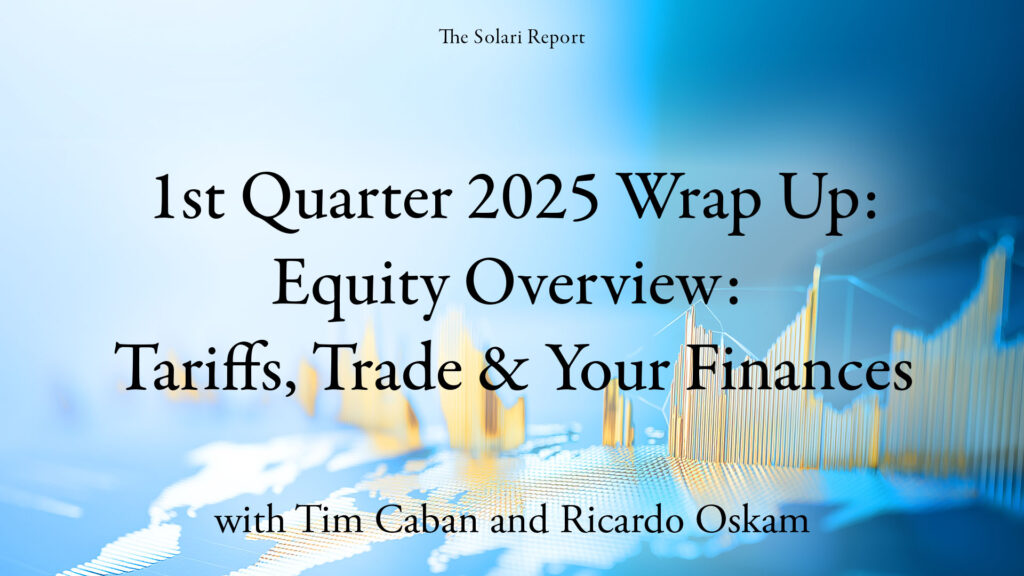
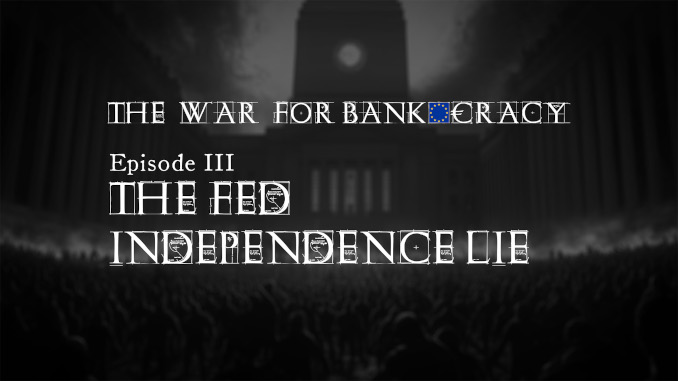
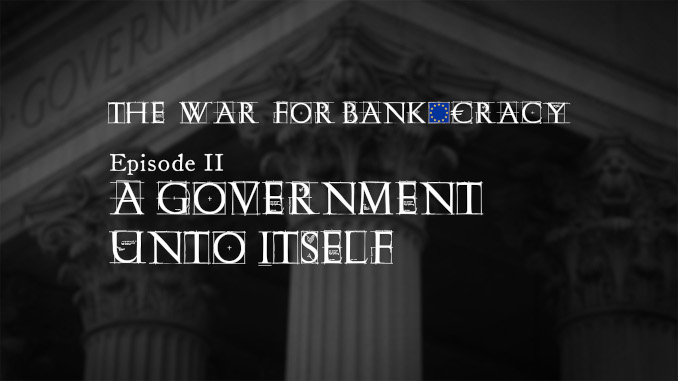

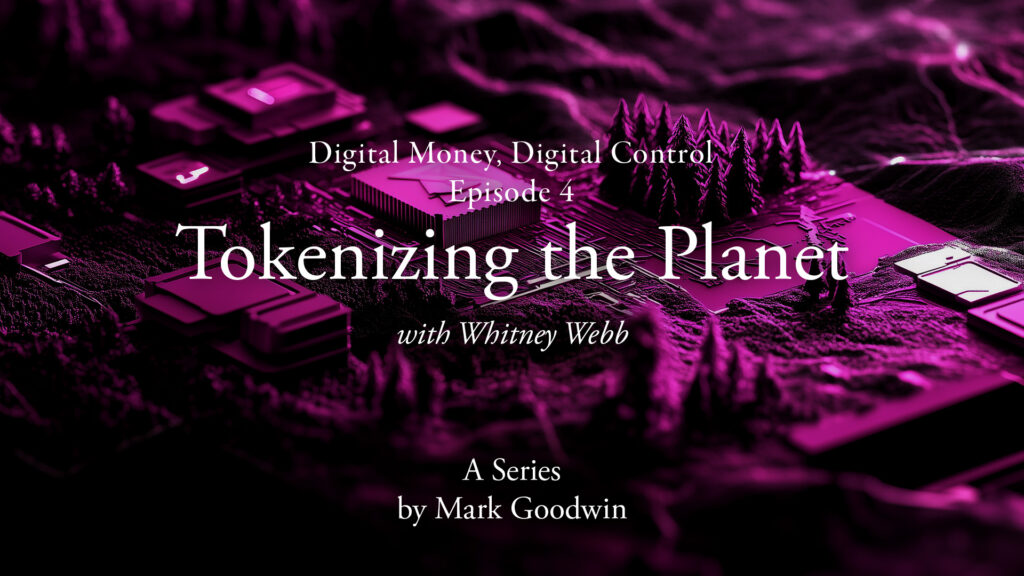
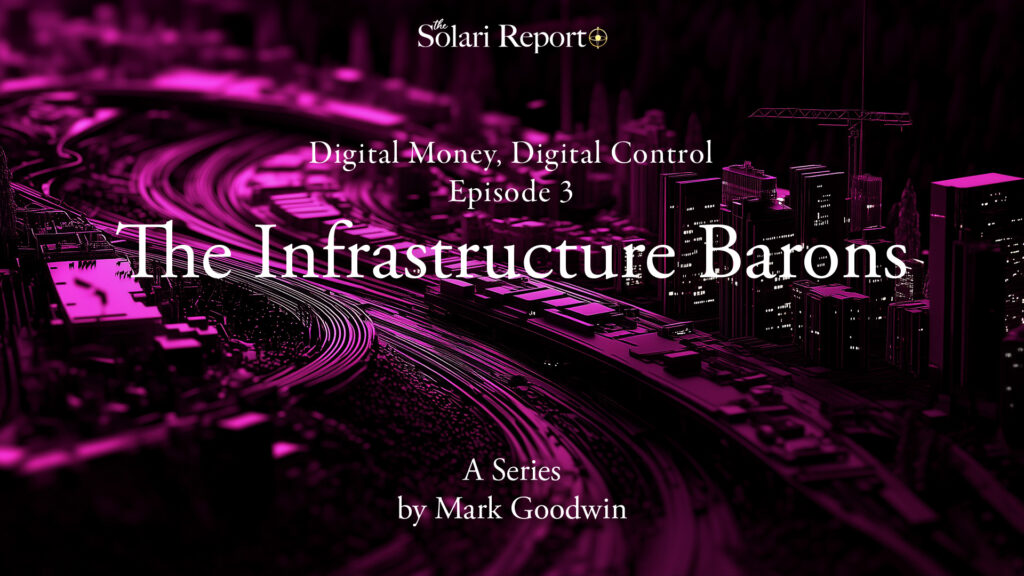
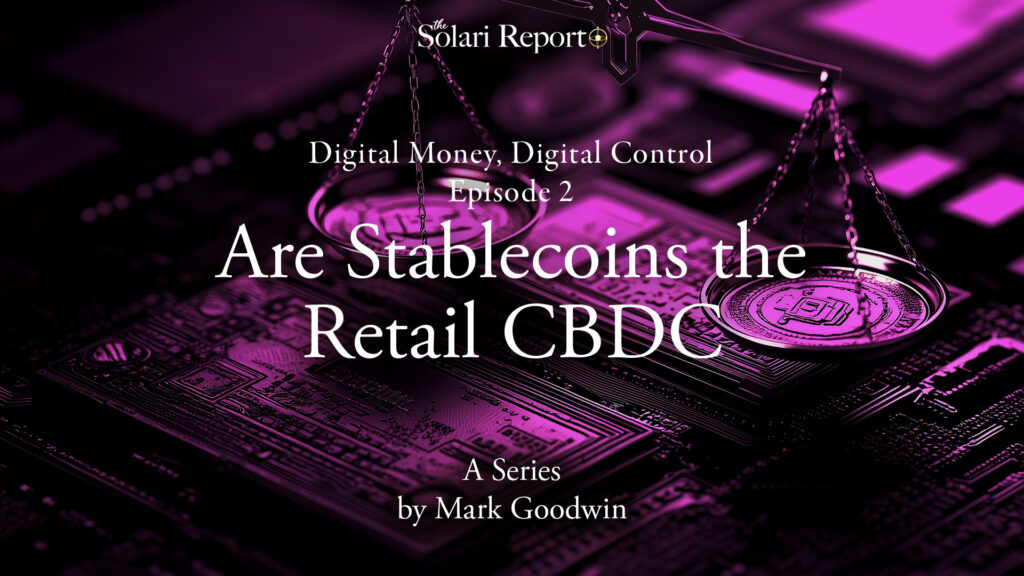
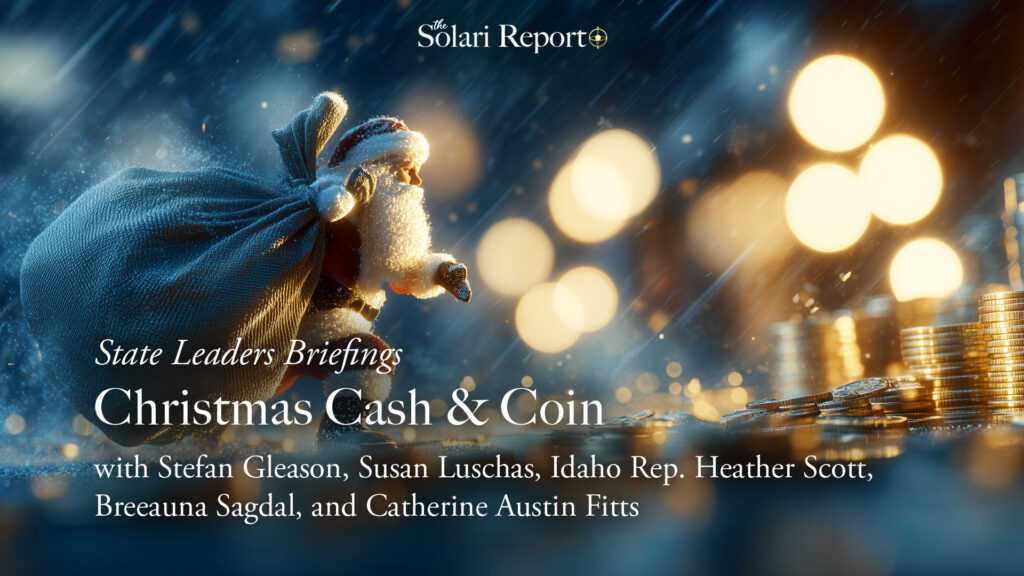
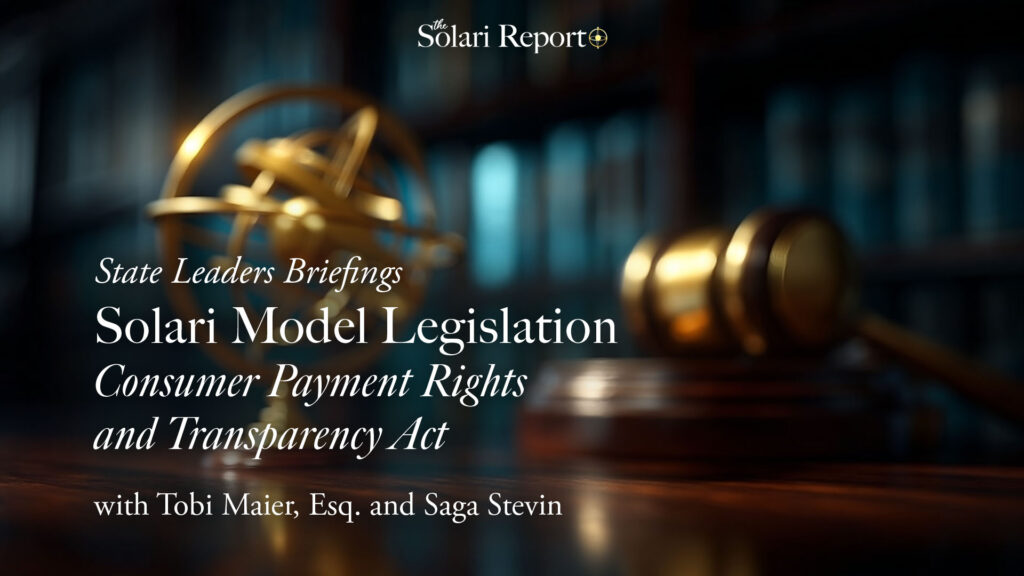
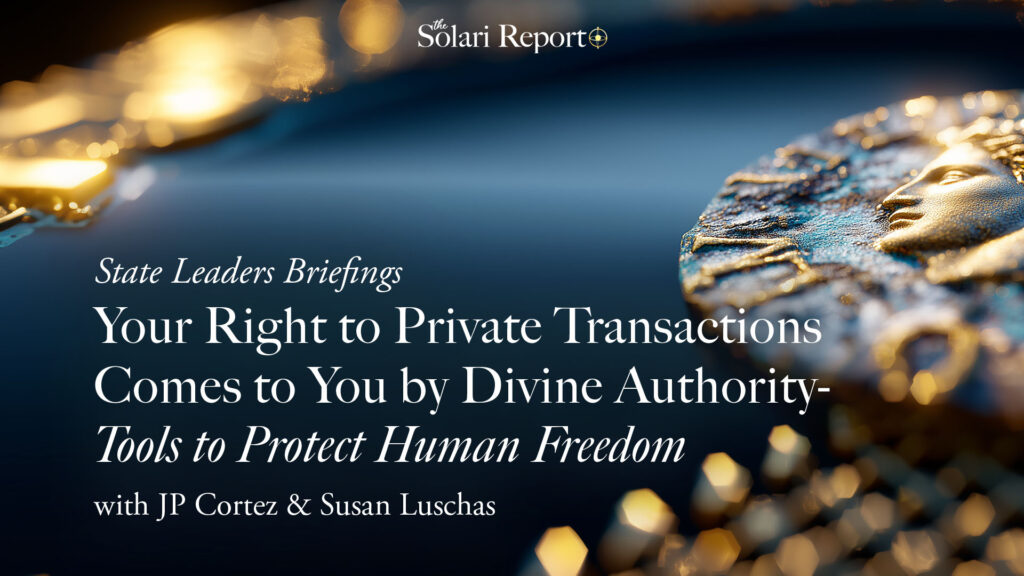
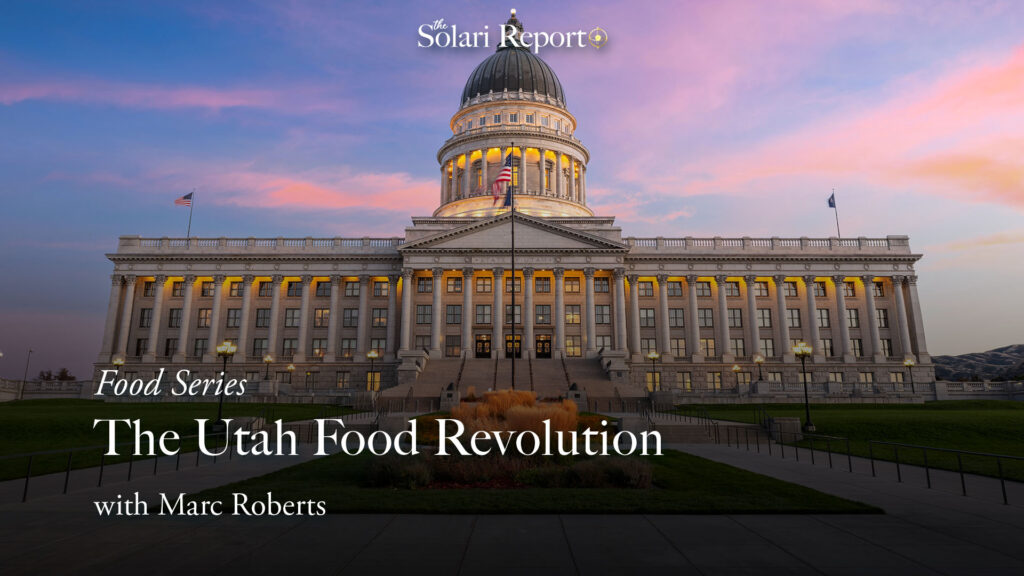












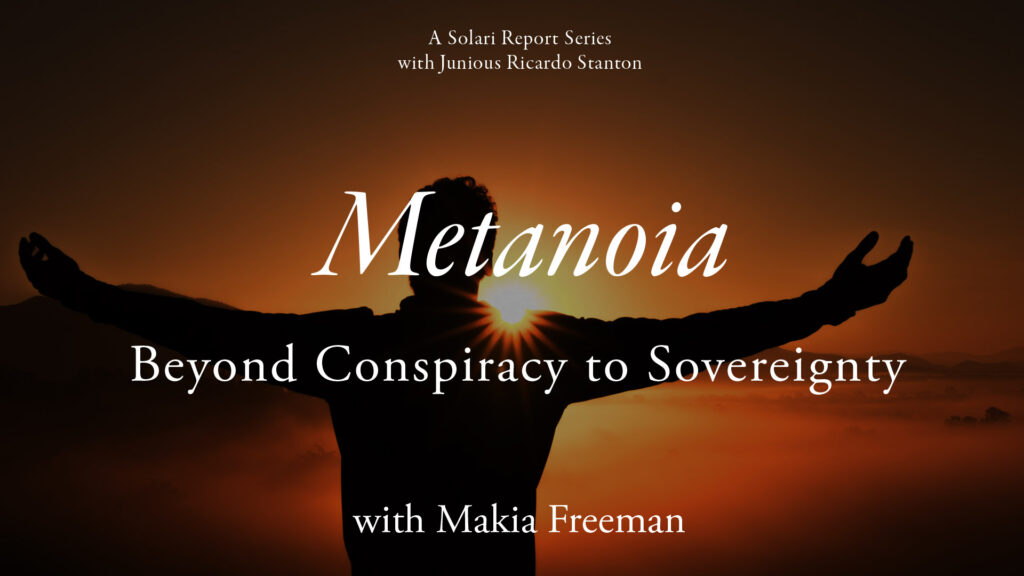





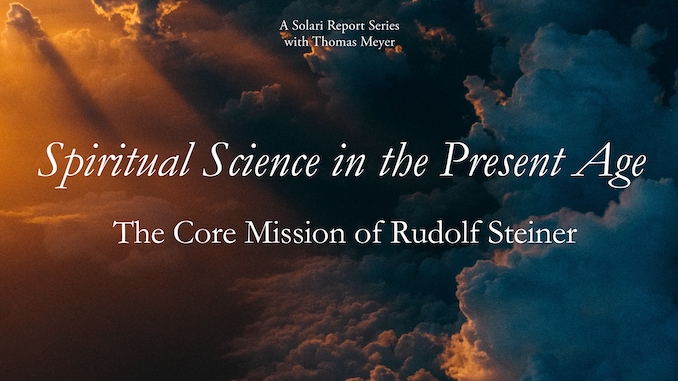



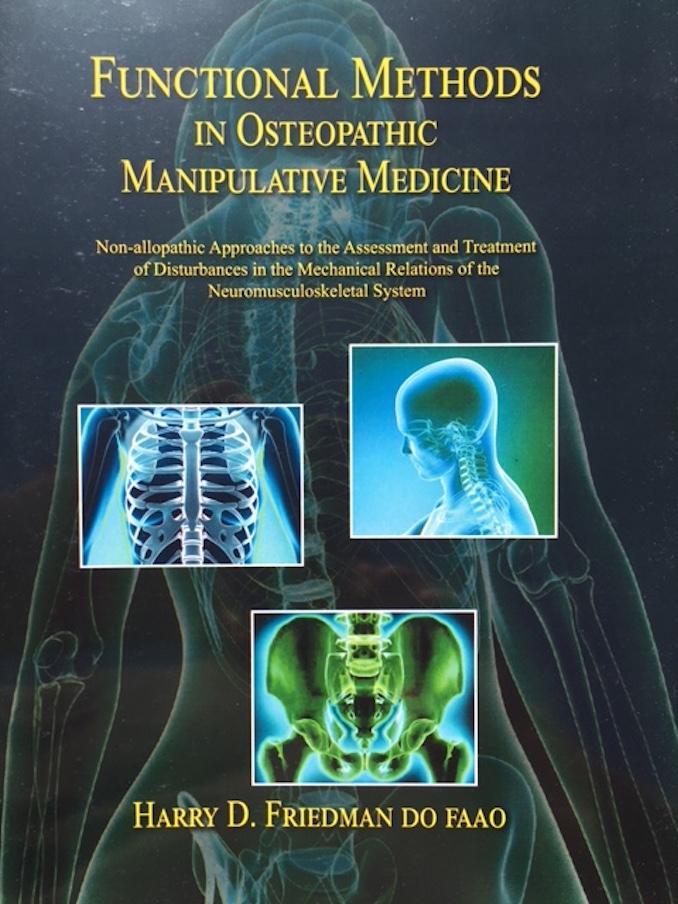






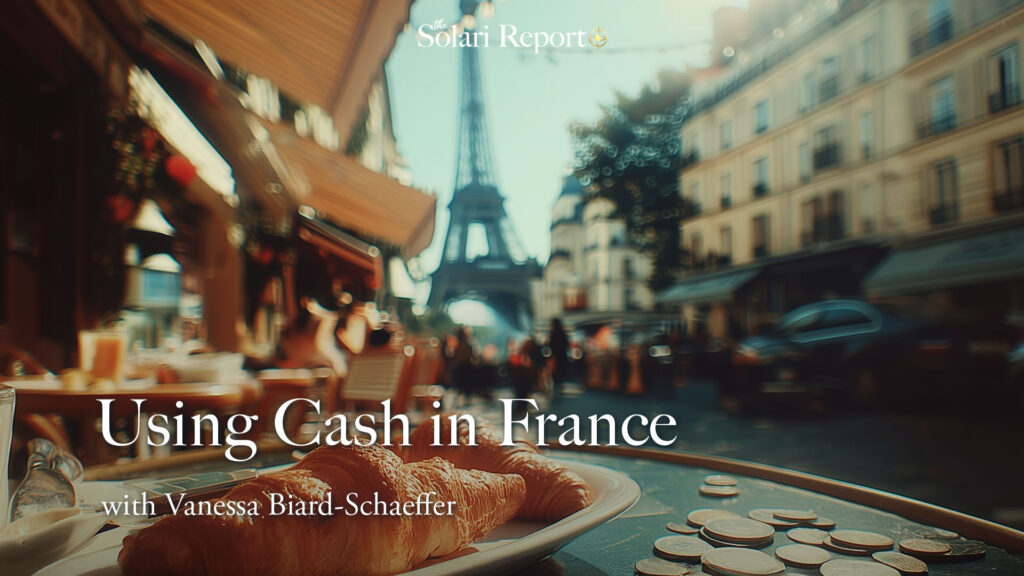

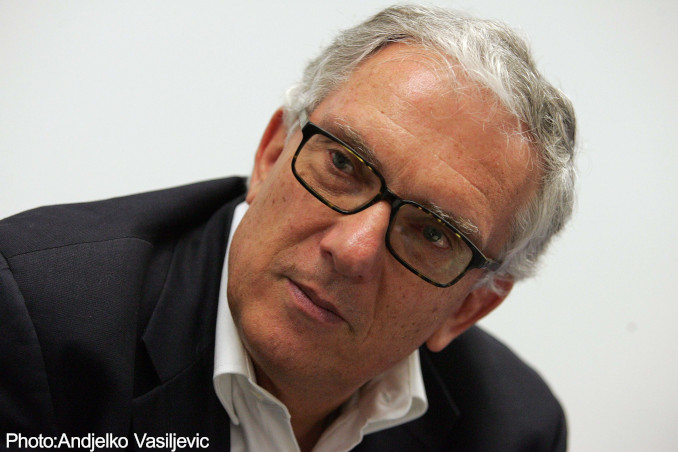


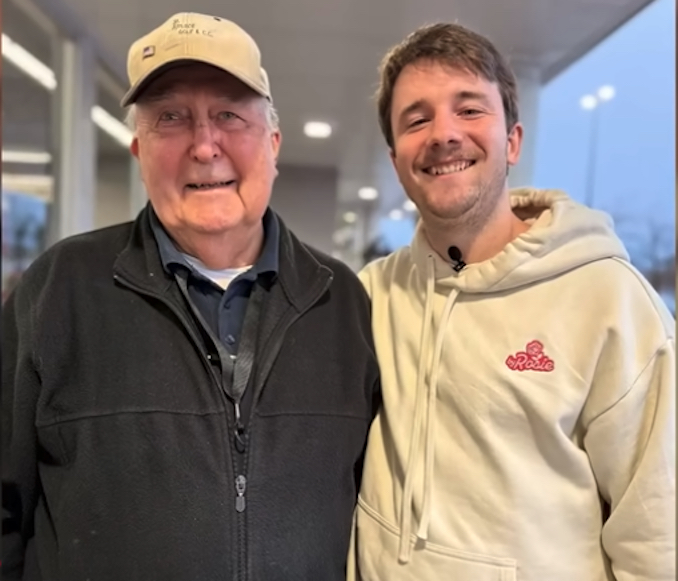









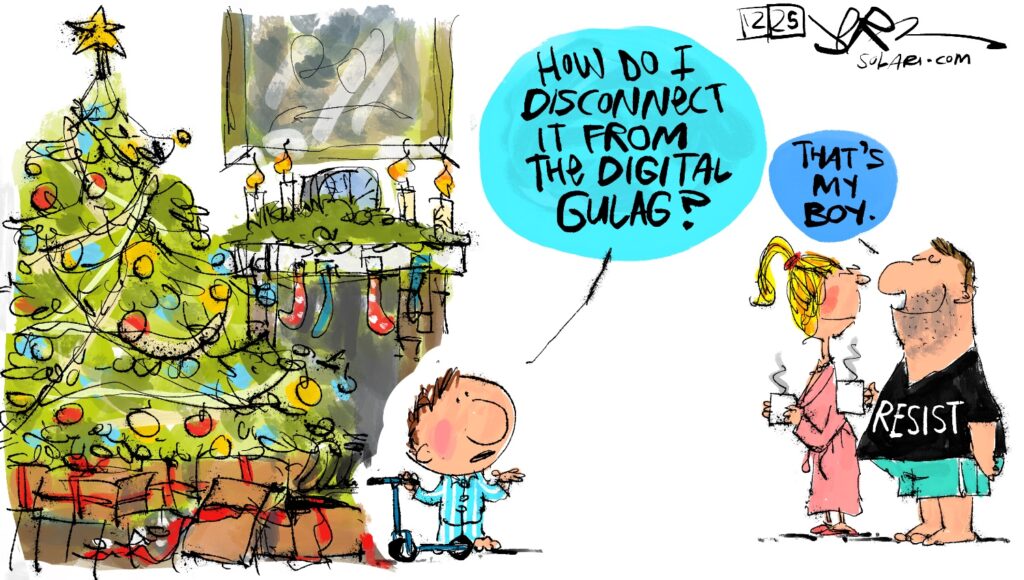
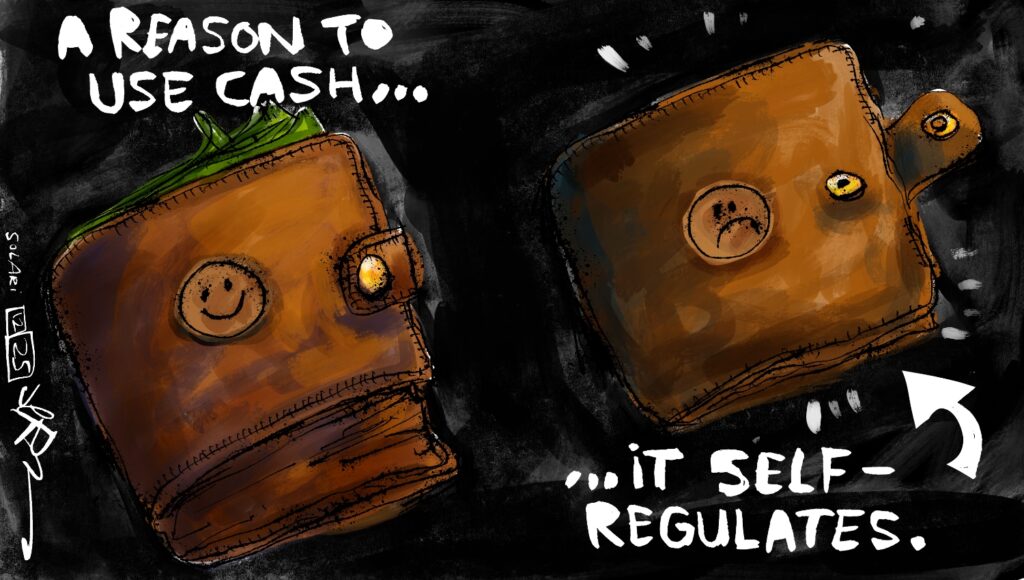
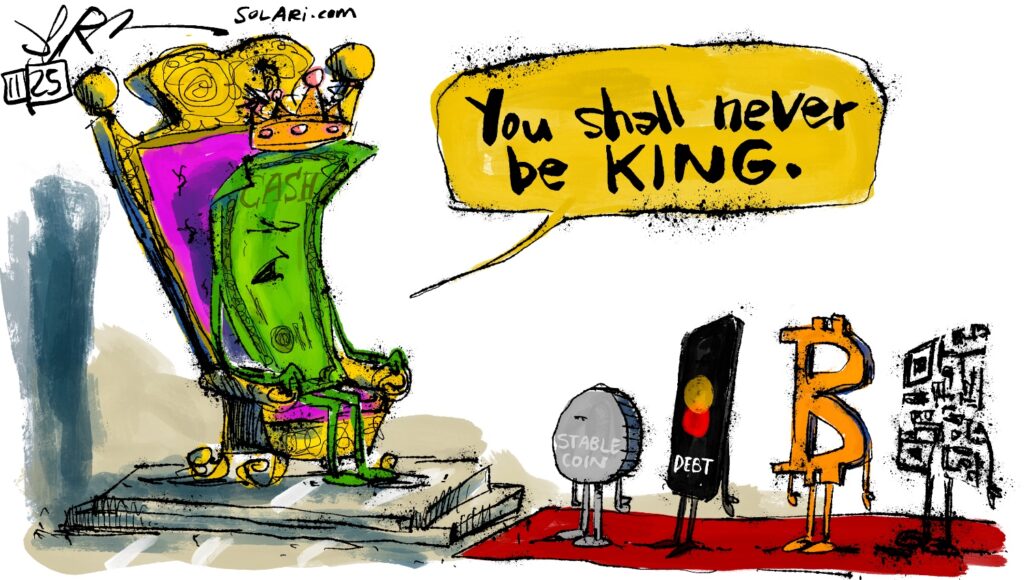
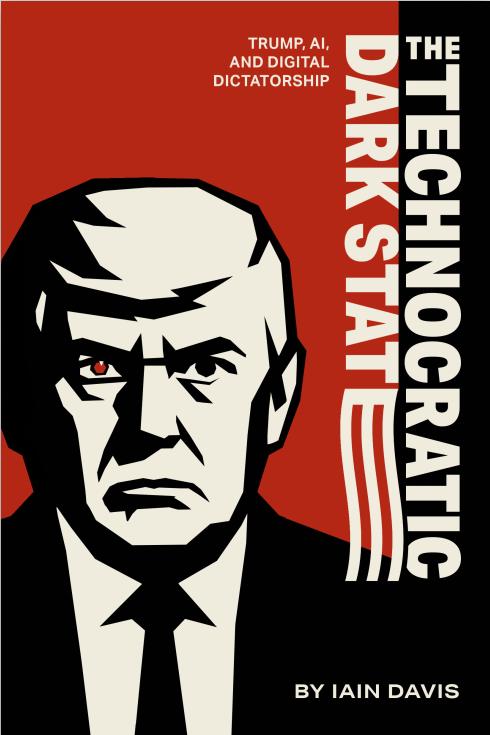
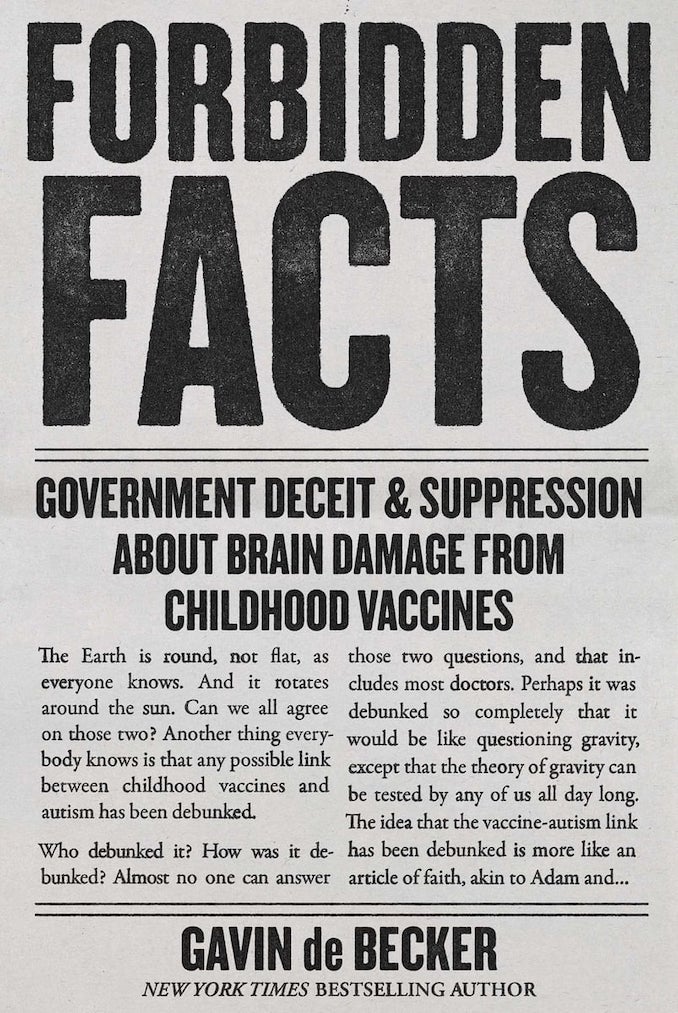
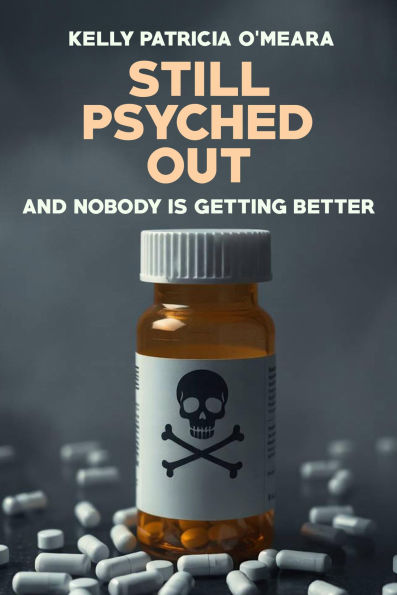
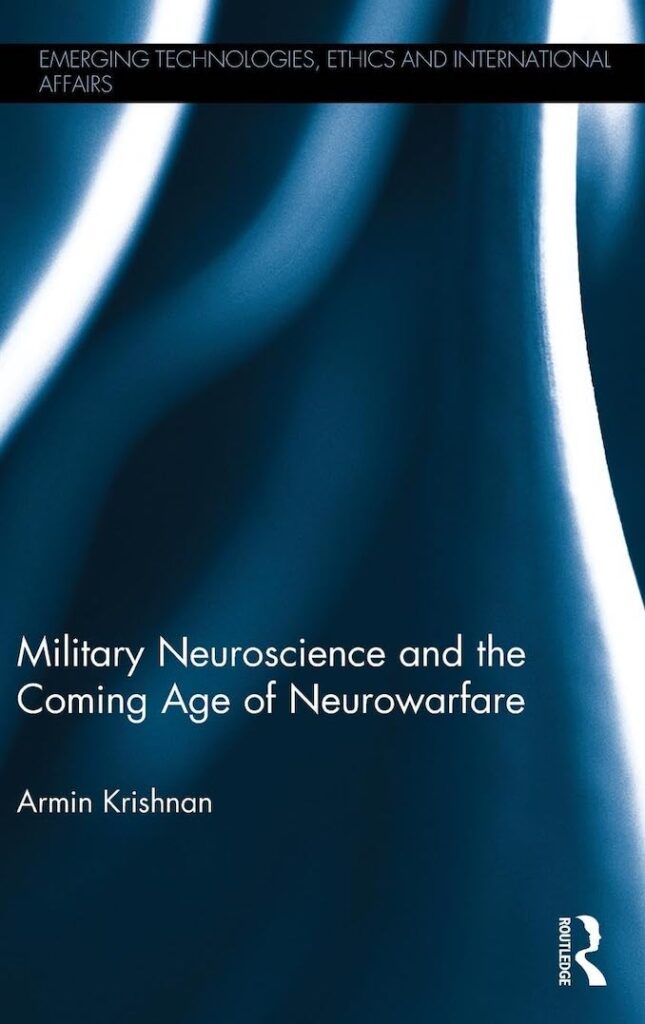











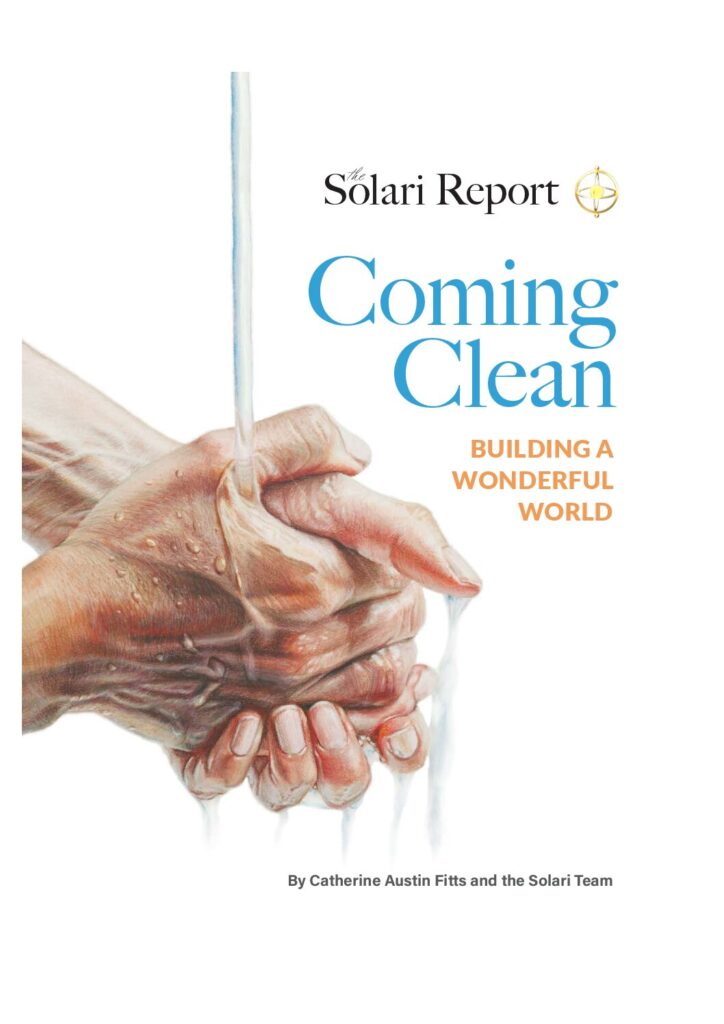

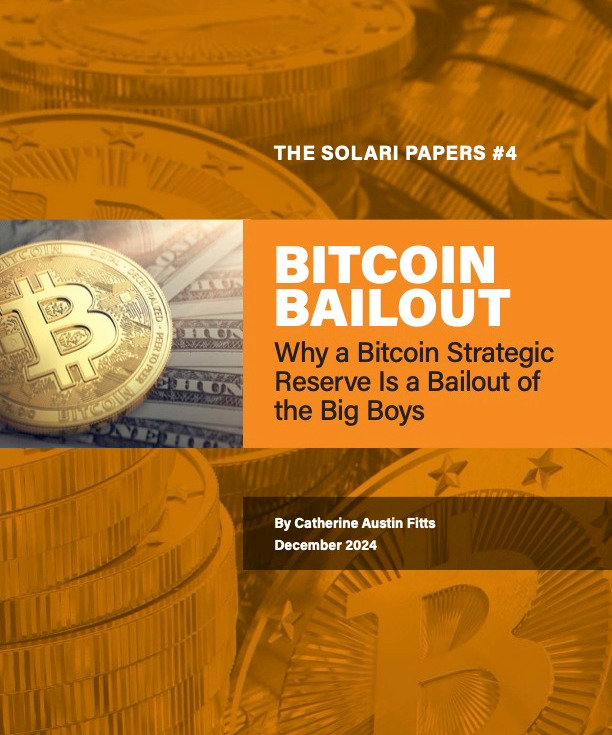
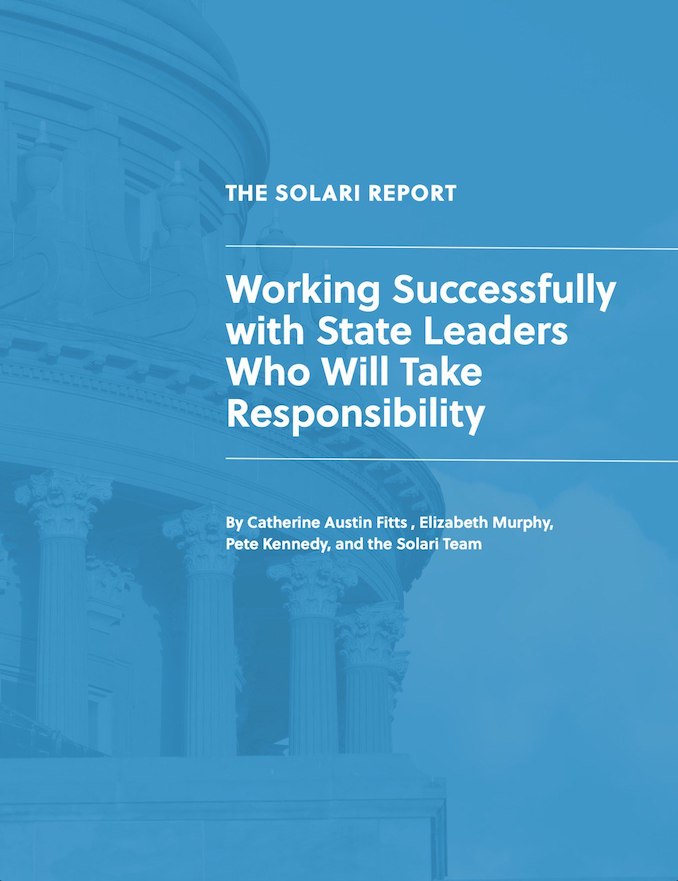


The right question is, of course, who is in charge. The answer is that I do not know.
My personal experience is that there is a handful of families — intergenerational wealth– who run things. Yes, the Rockefellers are the most prominent in the US, although outside of David it seems to be mostly outside the bloodline at this point. Yes, there are also coordinating bodies used for management — both bureaucracies like G8 or various secret societies or policy bodies like the Trilateral Commission and the CFR. For my story on the CFR, read http://www.dunwalke.com .
The question is what is driving the current behavior. Is it the power of technology that gives extraordinary ability to centralize and kill?Is it the belief that war is essential to ensure control and a sustainable economy? Is it the perversion in culture that the black budget and organized crime breads? Is it thousands of years of intergenerational mind control? Is it the prisoner’s dilemma caused by the economics in which humans are easy to manipulate (See my article Narco Dollars for Beginners.) Or is it the belief that the only way to achieve sustainability on planet earth is significant depopulation? Or are the stories of aliens really true? Or an out of the box event, such as a pole shift that is anticipated to make the planet uninhabitable.
I don’t know the answer. What I do know is that we are dealing with leadership who are behaving rationally according to the rationale in which they are operating. That is why it is very important to understand their point of view, how they view their risks and why they are so afraid.
Which leads me back to the same question I have been asking for many years…where is the money and how do we get it back?
Find the money and we find the logic of the behavior as well as who is pulling the strings.
Step one is that the rest of us withdraw our money. We stop financing criminal enterprises and shift to the most competent, ethical that we find. That shift will reveal a great deal about who is who and what is really going one.
If you have a “tapeworm” best to stop feeding it what makes it grow and you die.
Well Catherine…give us some names, companies and the like. Who are they? Let the world know so we can stop this. Why the hiding behind the curtain?
Or is it simply about writing books, redirecting peoples energies, busy work…
if you are an honest person, and truly committed to helping…please give us the information we need.
Thank you.
oh…by the way,
Its not about finding the missing money. All fiat currencies are worthless, and will be more so when “they” get finished with us.
Find the names of the shareholders of the central banks, and you will have the ringleaders.
Its not the money that’s important, its the heads of those that have had a satanic grip on this planet for many centuries. They are sick people…inbred. Our world is run by maniacs…as if you couldn’t tell. LOL.
you want to break them. here’s something everyone can do.
TAKE ALL YOUR MONEY OUT OF THE BANK
TAKE ALL YOUR MONEY OUT OF INVESTMENT FIRMS
DO NOT SHOP AT BIG-NAME, OR NATIONAL, STORES
DO NOT WATCH TV
DO NOT READ THE MAIN REGIONAL NEWSPAPER
DO NOT SUPPORT YOUR CRIMINAL GOVERNMENT AND ITS OFFICIAL
DO NOT BUY STUPID CRAP, BUT ONLY ESSENTIALS
SHOP AT LOCAL STORES THAT KEEP MONEY IN THE COMMUNITY
COORDINATE WITH LOCAL FARMERS FOR PROVIDING FRESH PRODUCE TO COMMUNITY MEMBERS
DO NOT SUPPORT WAR
DO NOT SUPPORT ISRAEL…EVER
THAT’S A START. GOOD LUCK!
In response to the request that I give names…
The answer is that I do not know. Sure, I can guess, but that is conjecture. And guessing the names of the “twelve people” who run the world or the various cartels, syndicates and secret societies bypasses the point that this system takes millions of people implementing the most forceful parts of it and hundreds of millions financing it. We get our greatest power when we see the betrayal that occurs at the most intimate levels. (BTW, where’s your money?)
I have found the ability to find the truth on any particular issues requires both the speedy admission that we don’t know, the ability to search for real facts and to do so with an open heart without anger. After all the time that I have invested to try to know the answer to these questions, I don’t know. Somehow, I am no longer frustrated by having to live in a state of ignorance about things I need to know to use my time and serve others effectively in this world.
Anger gives energy to evil. We need to channel all of our energy to ourselves and those who help and protect us.
There is no monolithic ‘they’. ‘They’ are mostly families – intergenerational control gives ‘them’ a longer time span. Control of land (food) was the original wealth. Buckminister Fuller speculated that those involved with sea voyages (given the long time spans involved in the age of exploration) began to think long term which gave them an advantage. Modern day insurance arose from the fact that those ships that were successful returned immense profits while there was the risk one could lose everything. Insurance started as a socialization of the risks of sea voyages – socialism for entrepeneurs. Every participant pays a little so nobody loses big.
The present power structure still has elements from the Royal famlies of Europe. The German Prince Bernhard who married into Dutch royalty started the Bilderbergers. Not every Bilderberger or CFR or Trilateral Commission member is in the inner circle but you can be sure some of them are.
When I lived on Nantucket Island, I noticed that the town houses became fancier the further up the hill one ventured. People with names like Starbuck would have owned a nice house. It came with a widow’s walk and was only a short walk up the hill from town center. Beyond the captain’s houses would be even bigger houses, some with walls around them. These belonged to the merchants of Nantucket. In the era of whaling ships, before electric lights, the homes of America were illuminated with whale oil lamps. The merchants outfitted whaling ships and merchandised whale oil. They made a fortune and never went to sea.
So you have the royal families and the merchants and then the bankers with occasional warrior kings added making up the Renaissance power structure. But wait I forgot the priests and the Pope and the Knights of Malta (Sovereign Military Order of Malta SMON) which still exists today – Members you might have heard of in its American chapter are Prescott Bush Jr. (brother of George Sr) or Alexander Haig. Many former CIA directors were Knights of Malta – William Casey (under Reagan), John McCone (JFK), Allen Dulles (Eisenhower), and other intelligence types such as James Jesus Angleton and William Donovan. JFK’s father was a Knight of Malta but the boys didn’t join even though the right to join is hereditary. I guess they wanted to pledge allegiance to the US of A rather than to the Pope. In the old days, one had to have a history of nobility for at least 300 years before you could join. As late as the 1940’s, Evita Peron was not allowed to become a Dame of the Knights of Malta because she was too common. The late Clare Booth Luce, mistress to Allen Dulles and publisher of Time magazine with her husband (right wing doesn’t begin to describe where her politics started) was a Dame of the Knights of Malta. There are no official royal familes in the US so an exception was made for the United States. Some of its founding (1927) American members joined with the DuPont family (among other rich Americans) in an aborted plot to overthrow Franklin Roosevelt. The plot was foiled when they picked the wrong military man, Gen. Richard Smedley Butler. He had grown tired of being a lackey for the plutocrats who run America. Too many American boys under his command had lost their lives in Latin America so that big NY banks could get paid back the bad loans they made to corrupt dictators. He played along and then turned them in. Think about the fact that you didn’t learn about this conspiracy of rich Americans to overthrow the elected government in your public school history class. I know I didn’t.
To these were added the industrial barons, railroad magnates, the printing press media types. Later came radio and TV and now IT types like Gates. Then the military-industrial complex as Eisenhower warned us of (notice how he warned us as he was leaving office) are the merchants of death that the progressives warned us about in the interwar period of the 20th century. Since WW2 the intelligence types who came out of these power families morphed into a power segment of their own. Outsiders like Shackley could use the power of the intelligence agencies to orchestrate the overthrow of the Whitlam Gough government in Australia in the 70s.
Cathereine has done much work in showing how Narcodollars have been used to corrupt the government and the financial system. The CIA began using narco dollars since WW2. Elements of the Russian military (after their involvement in Afghanistan) have joined with the CIA and the Russian Mafia (which is rapidly becoming the dominant global organized crime organization) to run the heroin trade from Afganistan. The deep state of Turkey is also involved. The drug trade was a large factor in why Kosovo was recognized as an independent country. Why it came into existence. The US military base, Camp Bondsteel and the Trepca leadmine were other reasons. Although the drug trade pales in comparison to oil. Exxon shatters profit records
Oil giant makes corporate history by booking $11.7 billion in quarterly profit; earns $1,300 a second in 2007.
The profits of the drug trade however are tax free and not traceable. Pablo Escobar was rich enough to join but for some reason did not make the grade. As in the Godfather movies, some organized crime families are joining. As we are noticing, businessmen (especially on Wall Street) are acting more like gangsters and gangsters are acting more like businessmen,and politicians are using the revolving door to join the business world while the security operators are torturing like gangsters and…
These are the macroparasites. The most prominent nowadays are the ‘masters of the universe’ on Wall Street and the rest of the top echelon of FIRE. Notice how the bailout and the loan guarantees now involve more money then was spent on all the wars the US has been involved with and still hasn’t fixed the problem. The oil and resource barons. Those still powerful from the manufacturing world. The new IT types along with the old media barons of Press, radio TV Hollywood. Politicians, gangsters, businessmen, It is now a global community with the 500 hundred families from Mexico, the Japanese keitetsu types, or people like Baron Thyssen-Bornemisza, the brother of Fritz Thyssen (one of the earliest backers of HItler) who is the major owner of Krupp-Thyssen – one of the largest conglomerates in Germany.
What is impoertant to them is dependent on where their wealth or power comes (came) from. The communists of Russia were out of the system which explains the animosity of the West. The people who run Exxon have different ideas on how to run the world than say Bill Gates or the Pope. Jewish names are found out of all proportion to their numbers in the world but are still a minority. There is some evidence of the power elites in Belgium using pedohilia and human sacrifice in power rituals but talk about a murky area. Another area hard to discern is separating the science of Peak Oil and global warming from the control aspects these concepts give to the elites if they were acted on like there was a grizzly bear in the back yard. 99% of the adherents still drive cars and use jet planes. An area where there is quite alot of evidence is mind control. It is just so much easier if people go along with the program willingly than – “if you don’t falsify this intelligence we’ll have an ex-seal come into your house at night and kill your children”. Or -Around 1961 Aldous Huxley (author – Brave New World) said at a U.S. State Department-sponsored conference at the California Medical School in San Francisco: “There will be in the next generation or so . . . a pharmacological method of making people love their servitude and producing dictatorship without tears, so to speak. Producing a kind of painless concentration camp for entire societies so that people will in fact have their liberties taken away from them but will rather enjoy it, because they will be distracted from any desire to rebel — by propaganda, or brainwashing, or brainwashing enhanced by pharmacological methods. And this seems to be the final revolution.”
The elites are are always scared because there are always so many more of us than them. They are richer than greed and they know that it aint right. While they live a life of luxury and ease, billions of humans don’t even get the necessities of enough food and clean water, a nice place to live with a future for their children.
I write about many of these topics from an astrological/meta perspective and I have a number of posts in a series called, “The Melting Economy.”
People ask what we can do.
Here are my answers:
1) Unplug from the dominant paradigm. Begin to view life and it’s interconnected relationships from a vastly different perspective. When enough of us hold the view that the consensus reality we mostly agree upon is a massive illusion and a lie, then it begins to hold less and less power over us. We can actually shift reality itself by disconnecting in simple, yet very consistent ways. Question your assumptions about everything and hold true to what you do know to be real.
2) Love life. Even in the midst of the financial chaos that seems as though it is about to engulf us, make it a point to appreciate beauty and love in some aspect of your living. If you do not “they” have won.
3) Stay calm and clear. On my site, I wrote about The US AIR jet that crashed into The Hudson, which btw, was filled with bank employees (B of A) and Wells Fargo, including a retired fraud investigator. That plane should have gone down, but Sully stayed cool, calm and collected, piloting USA IR to a safe landing. I’m convinced that plane was supposed to go down and yet through the steady presence of one man, utter disaster was averted.
4) Be kind to people going through hard times. This period will challenge the best of us and test our mettle like no other.
Here is my website if you want to know more.
http://www.yahoo.com
For those friends who have been asking about the identity of individuals, corporations, and organizations playing ‘masters of the world”, the clue to answers is found in ‘following the money’. More often than not, those at the pinnacle of global financial powerhouses are directly or indirectly yet intentionally involved. The task of identifying these ‘players’ is made easier by their overlapping and cross-institutional involvement. For example, banking giants who also sit on the boards of industrial behemoths and/or media conglomerates and are members of ‘elite’ organizations like CFR, Trilateral Group, and such.